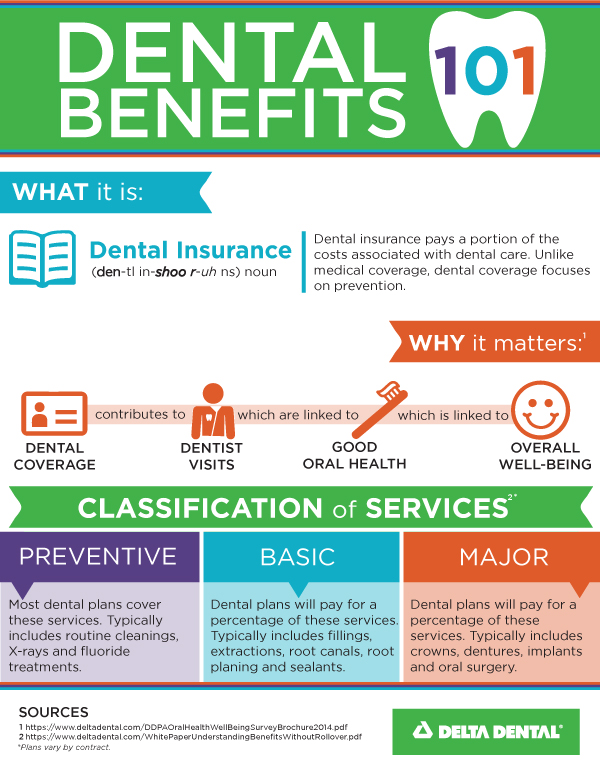Discover The Innovative Developments That Are Transforming The Technique Of Oral Surgery. Check Out The Future Of This Area And Setting On Your Own Advantageously. Click Now For An Explore The Future
Discover The Innovative Developments That Are Transforming The Technique Of Oral Surgery. Check Out The Future Of This Area And Setting On Your Own Advantageously. Click Now For An Explore The Future
Blog Article
Authored By-Jama Mccall
Welcome to the world of dental surgery, where technologies and breakthroughs are forming the future of the field! In this interesting world, you'll witness the transformative power of robotics, the advanced marvel of 3D printing, and the game-changing impact of minimally invasive strategies.
The future of oral surgery holds a pledge of accuracy, efficiency, and enhanced individual results. With the help of advanced robotics, doctors have the ability to execute complex procedures with greater precision and control.
3D printing innovation is changing the creation of oral implants and prosthetics, offering personalized solutions that fit perfectly into each client's special composition.
Furthermore, minimally invasive techniques are decreasing post-operative discomfort and recuperation time, enabling people to return to their day-to-days live quicker.
Get ready to discover the exciting technologies and breakthroughs that are reshaping the landscape of dental surgery!
Advancements in Robotics
One significant advancement in dental surgery is the use of robotic technology, which permits precise and reliable surgeries. With the help of robotic systems, dental specialists have the ability to execute complicated surgical treatments with improved accuracy, decreasing the threat of human mistake.
These robot systems are furnished with advanced imaging modern technology and exact tools that enable surgeons to browse via detailed physiological frameworks with ease. By utilizing robot innovation, surgeons can attain better medical precision, resulting in improved person end results and faster recuperation times.
Additionally, making use of robotics in oral surgery enables minimally intrusive procedures, reducing the injury to bordering cells and promoting faster healing.
3D Printing in Oral Surgery
To enhance the field of oral surgery, you can discover the subtopic of 3D printing in dental surgery. adentist has the prospective to reinvent the way dental surgeons run and treat clients. Here are four essential ways in which 3D printing is forming the area:
- ** Personalized Surgical Guides **: 3D printing permits the production of extremely precise and patient-specific surgical guides, boosting the accuracy and efficiency of procedures.
- ** Implant Prosthetics **: With 3D printing, dental doctors can produce personalized dental implant prosthetics that completely fit a patient's one-of-a-kind makeup, resulting in far better outcomes and patient satisfaction.
- ** Bone Grafting **: 3D printing allows the manufacturing of patient-specific bone grafts, decreasing the need for typical grafting strategies and boosting healing and healing time.
- ** simply click the next web page and Educating **: 3D printing can be used to develop realistic medical designs for instructional functions, allowing dental specialists to practice intricate procedures before performing them on individuals.
With its possible to improve accuracy, modification, and training, 3D printing is an exciting advancement in the field of oral surgery.
Minimally Intrusive Methods
To better progress the field of dental surgery, welcome the possibility of minimally intrusive strategies that can significantly profit both doctors and patients alike.
Minimally invasive methods are reinventing the area by reducing surgical trauma, lessening post-operative discomfort, and speeding up the healing process. These methods involve making use of smaller lacerations and specialized tools to carry out procedures with accuracy and efficiency.
By utilizing advanced imaging modern technology, such as cone light beam computed tomography (CBCT), cosmetic surgeons can precisely intend and implement surgeries with minimal invasiveness.
Furthermore, the use of lasers in oral surgery enables accurate cells cutting and coagulation, leading to lessened blood loss and lowered recovery time.
With minimally invasive techniques, individuals can experience faster recovery, minimized scarring, and enhanced end results, making it a vital aspect of the future of dental surgery.
Final thought
So, as you can see, the future of oral surgery is unbelievably appealing, with amazing developments and developments forming the field.
From the developments in robotics to the use of 3D printing and minimally intrusive techniques, oral doctors are revolutionizing the method they offer care.
While some may stress over the potential expense associated with these developments, it is essential to bear in mind that these modern technologies eventually enhance client outcomes and reduce recuperation time, making them well worth the financial investment in the future.
